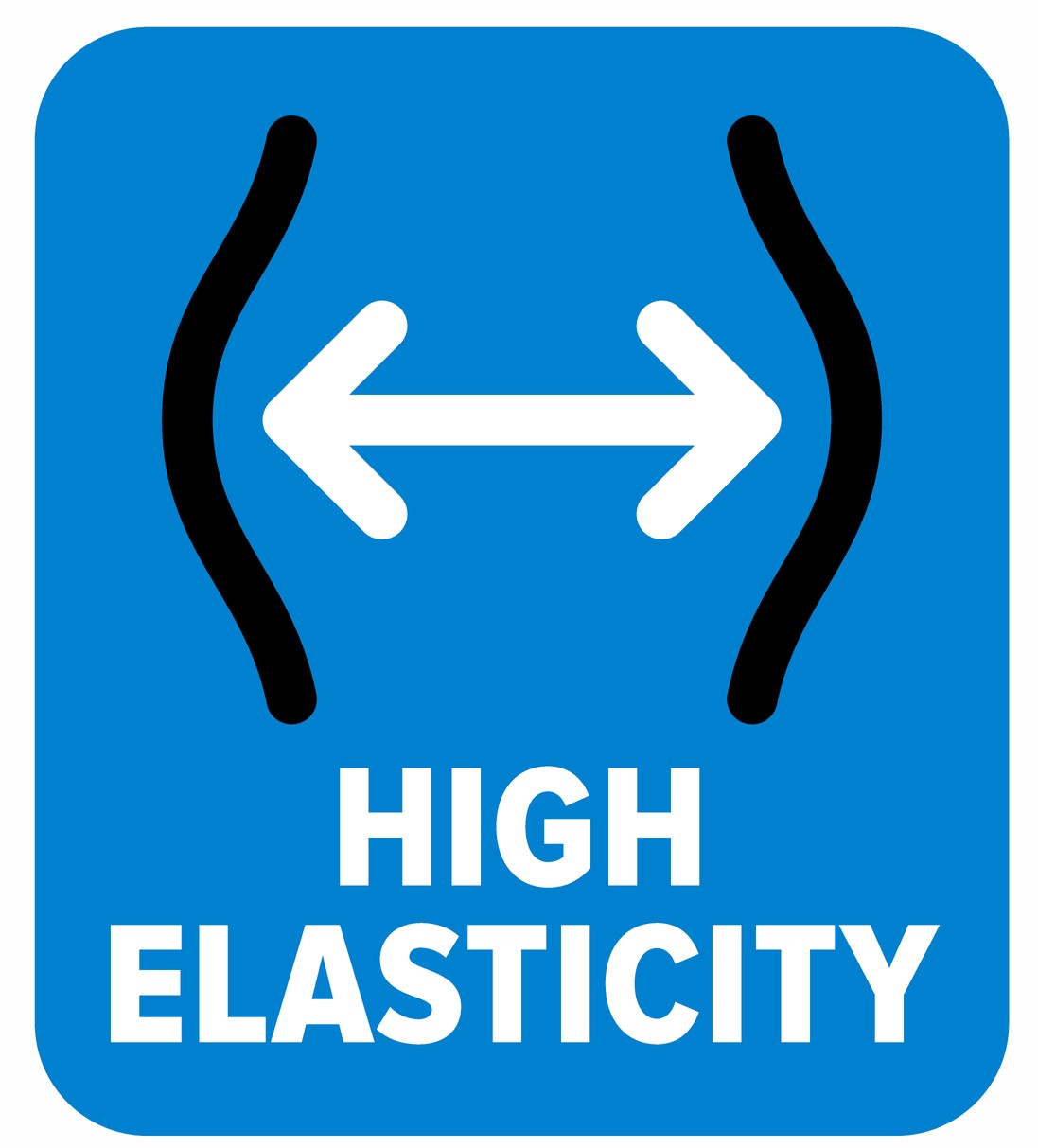Author’s Note: I’ve had the privilege of working with Brian Nejmeh for nearly a decade, and most recently I played a small part in shaping his Five Movements for SaaS Product Management framework. My particular focus has been on the Strategy movement, elaborating on various dimensions of Strategy which necessarily straddle the corporate and product level domains.
Beginning with the end in mind, my starting point in further defining the Strategy movement is the Strategic Narrative – which, as you’ll see below, is really the effective summarization and expression of all key components of strategy. Read on!
Strategic Narrative is a general term for a succinct, high level summary of a company’s recipe for success in the coming 18-24 months – beyond the immediate future and planning period, but not so far as to become nebulous and un-specific. Generically speaking, the culmination of the narrative is establishing a sustainable leadership position in a growing software category. It is the responsibility of the executive team to create and periodically refresh the substance of the Strategic Narrative. The CMO may be called upon to help with effective expression or crafting some version for a specific stakeholder, but this is not a marketing document and should not be delegated to functional leaders.
What’s In a Strategic Narrative?
Although some elements may be treated more extensively than others, the Strategic Narrative should include:
- The existing or emerging category the company intends to compete in, i.e. what business are you in?
- The strategic assets and capabilities that will enable value creation, drive its success, and create sustainable competitive advantage
- Identification of a singular reference competitor and a clear claim to the leadership position in the category
- Rationalized target markets and segments that will be its focus, supported by personas
- Demonstrations of appropriate customer discovery
- Key offerings and accompanying business value realization that will generate success and where the offerings stand in the technology adoption life cycle
- Understanding of the broader industry ecosystem and rationalized set of partnerships that the company will pursue
- Critical aspects of its human capital and operating strategies
- Financial and other indicators of success
The term Narrative has two crucial dimensions. First, it suggests completeness. It is not a detailed expression, but it is supported by detail and can be used as a springboard for further elaboration on any crucial aspect of strategy – more on this below. Second, it introduces the idea of a listener or consumer. While a Strategic Narrative might be expressed in many forms (i.e. discussion deck + voice track, written document, etc.), ultimately it must create meaning and motivation for its audience. Every member of the leadership team should be able to deliver an effective presentation of the company’s Strategic Narrative.
Who is the Strategic Narrative Written For?
So who is the audience for the Strategic Narrative? Primarily investors and analysts whose job is to evaluate the company’s prospects for success. Key executive hires. Strategic partners. Perhaps customers who are contemplating a co-development initiative. But the circle is small.
But while few people will have direct access to the Strategic Narrative, virtually every corporate stakeholder should be impacted by it. That is to say, the Strategic Narrative is a platform for generating the right content for the right people – everything from annual goals for the organization to prioritization input for functional areas, brand positioning for prospective and existing customers, and much more. The Narrative will provide direction across the H1-H3 time horizons, with an understanding that some stakeholders may need to focus on only one.
Keeping it Fresh
Relentless clarification of the elements of the Strategic Narrative is vital to accelerating the organization’s progress, and should occupy a material portion of the leadership team’s time. Refreshing the Strategic Narrative – which should happen formally at least once a year or upon significant disruptive events in the category – may or may not represent a significant shift in strategy. But there is always an opportunity to incorporate new learning and to express key concepts more effectively. This is the ongoing work of what I call the Practice of Strategy.
With all this in mind, some of my favorite conversation-starters with fellow strategists are:
- How does your company create and summarily express its strategy?
- How is this practice evolving?
- What have you found to be the most effective and compelling expressions of strategy?
I invite you to offer your ideas back on the LinkedIn post.
I share thoughts about Strategy, Creativity, and Leadership on my blog – here’s your invitation to visit!



